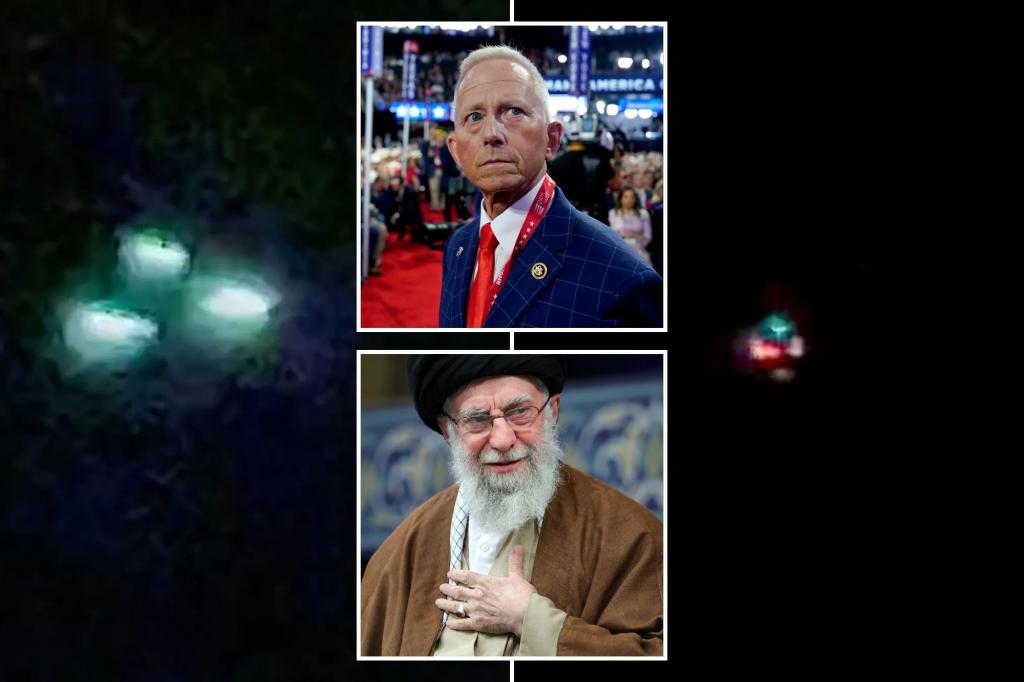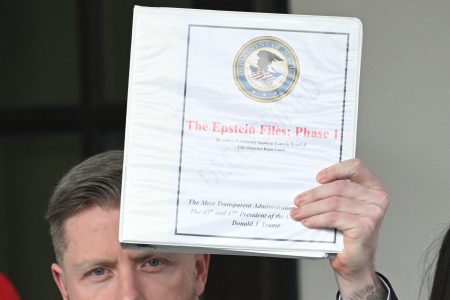The recent sightings of unidentified flying objects (UFOs), often referred to as drones, over New Jersey have sparked a wave of speculation and concern. Initial reports fueled public imagination, with some speculating about foreign involvement, particularly from Iran. These claims were further amplified by statements from Congressman Jeff Van Drew, who alleged that the drones were launched from an Iranian “mothership” positioned off the East Coast of the United States. This assertion quickly gained traction, raising anxieties about national security and prompting calls for immediate action, including shooting down the drones.
However, the Department of Defense (DoD) has swiftly refuted these allegations, adding another layer of complexity to the unfolding narrative. Deputy Pentagon Press Secretary Sabrina Singh categorically denied any foreign adversary connection to the drone activity, specifically dismissing the notion of an Iranian vessel operating off the U.S. coast as the source of these aerial incursions. This official denial has cast doubt on the initial claims and shifted the focus towards identifying the true origin and nature of these mysterious objects. While the DoJ has dismissed the Iranian connection, it has yet to offer an alternative explanation, leaving the central question unanswered and fueling further speculation.
The lack of a definitive explanation from the DoD has left a vacuum of information, allowing for a proliferation of theories and interpretations. While some continue to suspect covert operations or advanced technological testing, others propose more mundane explanations, ranging from hobbyist drone enthusiasts to commercial operations. The absence of concrete evidence and the DoJ’s reticence have only served to amplify public curiosity and underscore the need for a thorough investigation to dispel the growing uncertainty surrounding these events.
The incident highlights the challenges in identifying and addressing unidentified aerial phenomena in a complex airspace. The rapid spread of information, often unverified or speculative, coupled with the inherent difficulties in tracking and identifying small, unmanned aerial vehicles, creates a scenario rife with potential misinterpretations and anxieties. It underscores the need for robust surveillance and identification systems, as well as clear communication protocols to effectively manage such incidents and avoid unnecessary public alarm. The incident also raises questions about the balance between national security concerns and the right to privacy in an era of increasingly sophisticated surveillance technologies.
The conflicting narratives surrounding the New Jersey drone sightings serve as a microcosm of the larger debate surrounding UFOs and unidentified aerial phenomena. While some incidents can be attributed to misidentification of conventional aircraft or natural phenomena, others remain unexplained, fueling speculation about advanced technologies, extraterrestrial origins, or covert government operations. The inherent ambiguity surrounding these events often leads to polarization, with skeptics dismissing claims as sensationalism while proponents advocate for further investigation and transparency. This ongoing debate underscores the need for rigorous scientific inquiry and open communication to demystify these occurrences and address legitimate national security concerns.
The New Jersey drone incident serves as a reminder of the evolving complexities of airspace security in the 21st century. The increasing availability of affordable and sophisticated drone technology, coupled with the potential for malicious use, necessitates a comprehensive approach to surveillance, identification, and countermeasures. This includes not only technological advancements but also international cooperation and clear legal frameworks to regulate drone operations and address potential threats. The incident also highlights the importance of public education and responsible reporting to avoid unnecessary panic and promote a nuanced understanding of the complexities surrounding unidentified aerial phenomena. The ongoing investigation and eventual resolution of the New Jersey drone mystery will likely inform future strategies and policies related to airspace security and the management of unidentified aerial objects.










